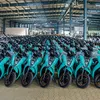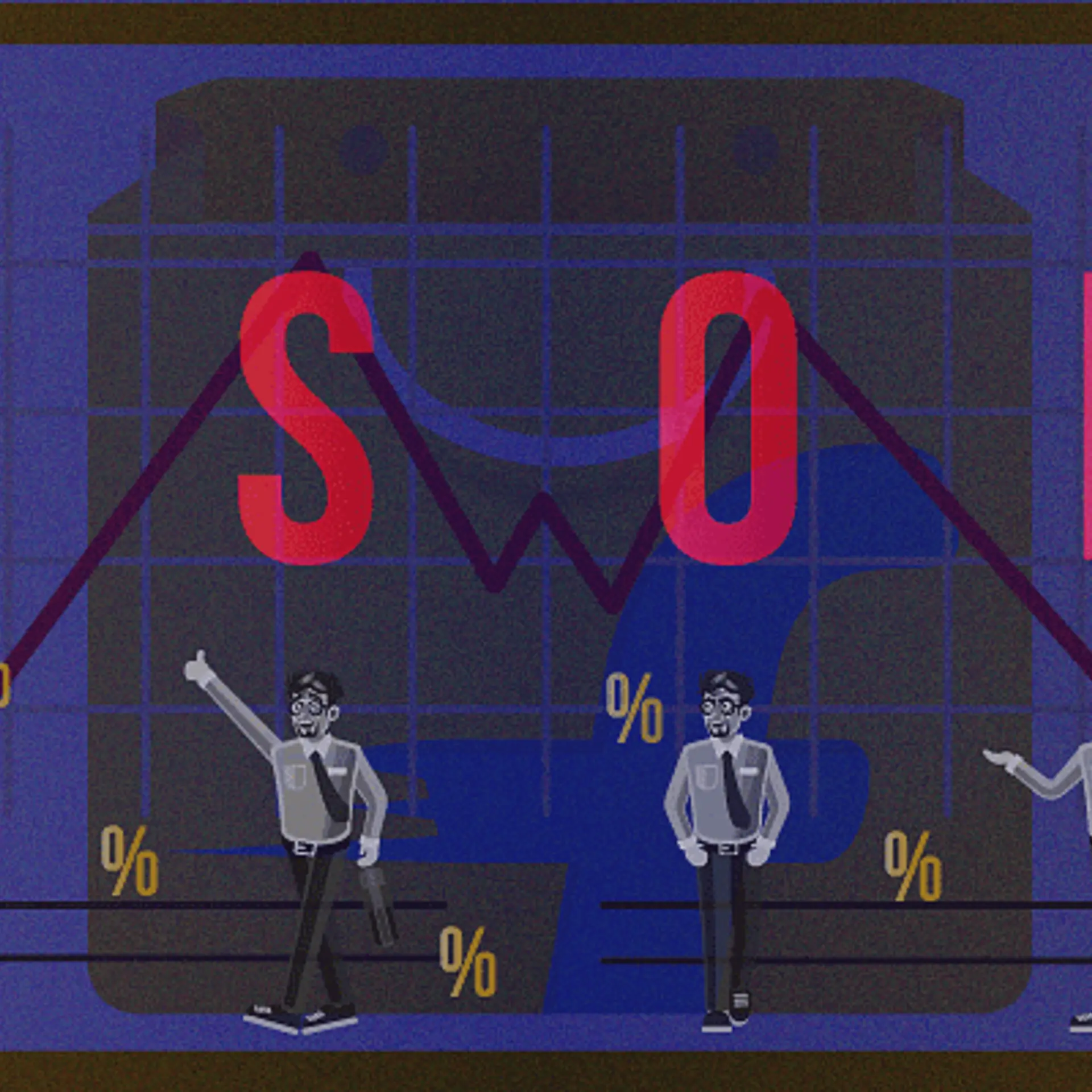Ola Electric IPO sparks investor interest but losses, pure-play EV focus may play foul
Despite strong initial interest, investors are wary of Ola Electric’s widening losses, fierce competition from established auto giants, and heavy reliance on government subsidies.
Bhavish Aggarwal-led Ola Electric's Rs 6,146-crore IPO—the largest yet in India in 2024—witnessed a late surge in bidding on its final day but widening losses and its exclusive focus on electric vehicles (EVs) are likely to weigh on investors' minds.
The EV maker, currently the market leader in India in terms of e-scooter sales, has thrived by selling its scooters at lower prices than its competitors. But lower prices have resulted in a wider loss in FY24 despite a 90% jump in revenue. The company’s RHP (red herring prospectus) showed that the EV two-wheeler maker reported widening losses to Rs 1,584 crore in the year ended March 31, 2024, compared with a loss of Rs 1,472 crore in the previous year.
Analysts YourStory spoke to fear the company will eventually need to lower its discounts to achieve profitability, potentially affecting its market share.
Moreover, Ola Electric’s competitors—Bajaj Auto, Hero MotoCorp, and TVS Motor—have a longstanding history in India’s automotive industry and an established client base. These companies offer a wider range of vehicles, including internal combustion engine (ICE) vehicles, attracting more customers to their showrooms compared to Aggarwal-led Ola, which currently only offers electric scooters.
Additionally, government schemes and incentives like Faster Adoption and Manufacturing of (Hybrid and) Electric Vehicles in India (FAME) scheme and Electric Mobility Promotion Scheme 2024 that have bolstered India’s EV market have been delayed and subsidies under these schemes have decreased over the past two years. For instance, the second phase of the FAME scheme expired on March 31, 2024 and the third phase is yet to be announced.
Analysts worry that if these subsidies are phased out entirely, EVs may become a less appealing choice for buyers.

“IPOs have come in huge premiums compared to the market. Ola Electric is only making EVs, compared to Bajaj or TVS… these companies have data spanning many years and you know how they behave in the good times and the bad times, their thought process, dividend policies,” a former research analyst says on condition of anonymity.
“When you have better options and listed companies are trading at a discount to your newly-listed companies, why should one invest in an IPO? No IPOs have come at a cheap price,” the analyst adds.
However, Aggarwal, in a pre-IPO event in Bengaluru, seemed confident about the company turning profitable as production volumes increase and with the introduction of its new in-house manufactured lithium-ion cell, which is expected to reduce costs.
Anand Rathi Research, a stock brokerage firm, seconded Aggarwal’s optimism.
The brokerage said that Ola Electric has substantial growth potential in the coming years, expected to be driven by annual increases in capacity utilisation at the Ola Futurefactory, which commenced manufacturing e-scooters in October 2021 in Tamil Nadu, and favourable regulatory developments. Ola Electric is also working to establish an EV hub in Krishnagiri, Tamil Nadu, which will also have a vendor and supplier network besides manufacturing.
Ola Electric’s IPO, which opened on August 2, was fully subscribed by the second day, driven by retail investors, and saw a sharp increase in bids from institutional investors on the final day, which doesn't come as a surprise as institutional investors often place bids on the last day of IPOs to assess demand and maintain liquidity. The IPO closed with over 4X bids on the final day.
However, compared to the subscription numbers of some new-age tech companies like Zomato, which was subscribed 38.25 times, and Nykaa, which was subscribed nearly 82 times, Ola Electric’s IPO appears lacklustre.
“As far as subscription goes, compared to other IPOs that got 20x or 40x subscription, the response has been very mild,” says a second analyst YourStory spoke with on condition of anonymity as well.
“IPOs have not given money. Out of 100, five have probably given. Most of these investors have come after 2020, they don’t understand the risk of the market,” the first analyst says.
Ola Electric’s IPO comes at a time when shares of technology companies have plummeted over the past week due to recession fears in the US. In such periods, investors typically dump high-growth technology stocks in favour of safer investments like bonds.
The IPO, along with the public offerings of two other new-age technology companies, Firstcry and Unicommerce, will be closely watched by startup founders. In 2021, after Paytm's share price plummeted shortly after its listing, many new-age, loss-making companies chose to delay their plans of going public and shifted their focus to improving unit economics before considering a listing again.
(Disclaimer: Shradha Sharma, Founder and CEO of YourStory, is an independent director in Ola Electric)
Edited by Kanishk Singh









